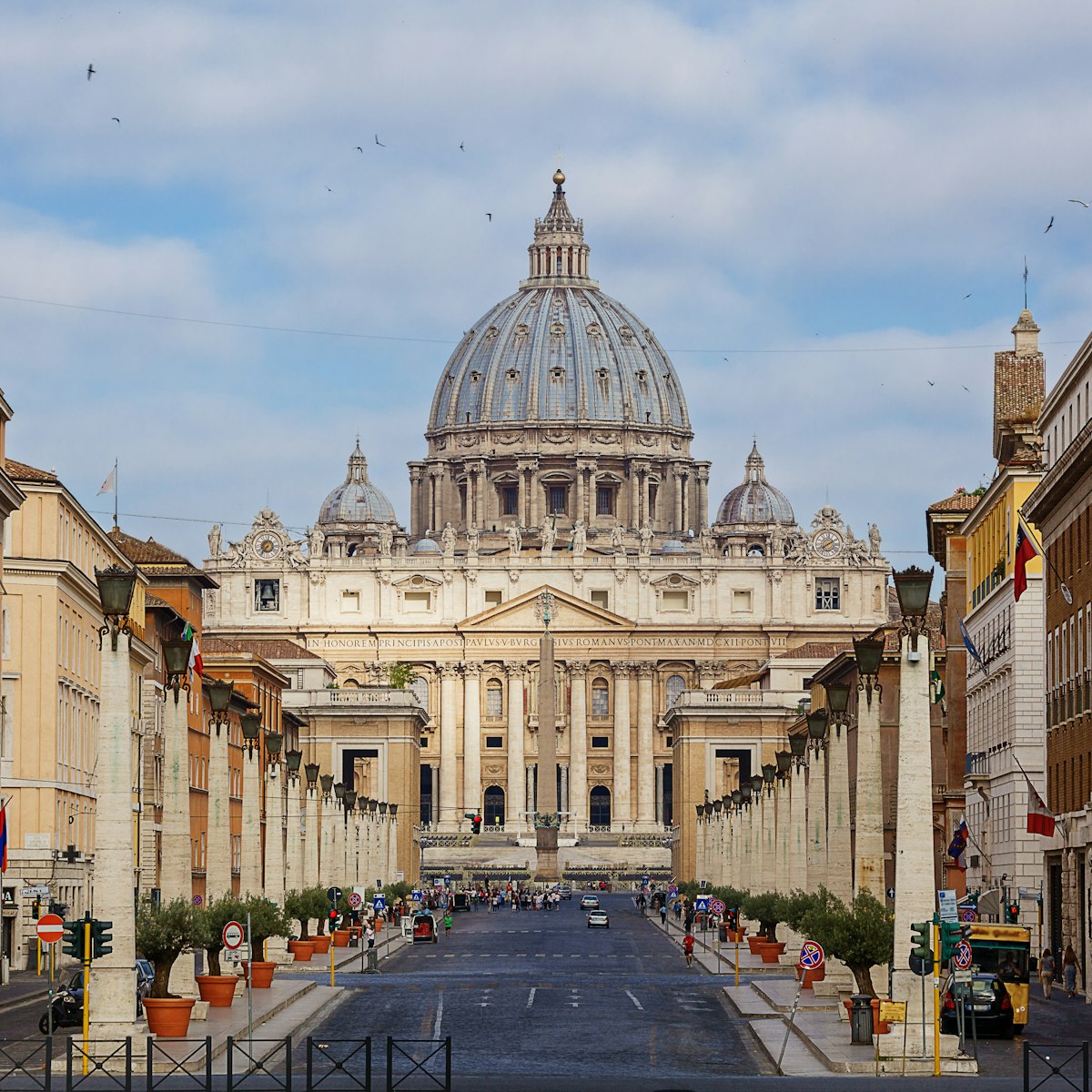If you only have time for one art gallery in Rome, make it this one. Housing what's often referred to as the "queen of all private art collections", it boasts paintings by Caravaggio, Raphael and Titian, plus sensational sculptures by Bernini. Highlights abound, but look for Bernini's Ratto di Proserpina (Rape of Proserpina) and Canova's Venere vincitrice (Venus Victrix).
History
The museum's collection was formed by Cardinal Scipione Borghese (1577–1633), the most knowledgeable and ruthless art collector of his day. It was originally housed in the cardinal's residence near St Peter's, but in the 1620s he had it transferred to his new villa just outside Porta Pinciana. And it's here, in the villa's central building, the Casino Borghese, that you'll see it today.
Over the centuries, the villa has undergone several overhauls, most notably in the late 1700s when Prince Marcantonio Borghese added much of the lavish neoclassical decor.
Find your way around
The museum is divided into two parts: the ground-floor gallery, with its superb sculptures, intricate Roman floor mosaics and over-the-top frescoes, and the upstairs picture gallery.
Stairs lead up to a portico flanking the grand entrance hall, decorated with 4th-century floor mosaics of fighting gladiators and a 2nd-century Satiro Combattente (Fighting Satyr). High on the wall is a gravity-defying bas-relief of a horse and rider falling into the void (Marco Curzio a Cavallo) by Pietro Bernini (Gian Lorenzo's father).
The statuesque scene-stealer of Sala I is Antonio Canova's daring depiction of Napoleon's sister, Paolina Bonaparte Borghese, reclining topless as Venere vincitrice (1805–08).
Further on, in Sala III, Gian Lorenzo Bernini's Apollo e Dafne (1622–25), one of a series depicting pagan myths, captures the exact moment Daphne's hands start morphing into leaves. Sala IV is home to Bernini's masterpiece Ratto di Proserpina (1621–22). This flamboyant sculpture brilliantly reveals the artist's virtuosity – just look at Pluto's hand pressing into the seemingly soft flesh of Persephone's thigh.
Caravaggio dominates Sala VIII. There's a dissipated-looking self-portrait, Bacchino malato (Young Sick Bacchus; 1592–95), the strangely beautiful La Madonna dei Palafrenieri (Madonna with Serpent; 1605–06) and San Giovanni Battista (St John the Baptist; 1609–10), probably Caravaggio's last work. There's also the much-loved Ragazzo col Canestro di Frutta (Boy with a Basket of Fruit; 1593–95) and the dramatic Davide con la Testa di Golia (David with the Head of Goliath; 1609–10) – Goliath's severed head is also said to be a self-portrait.
Upstairs, the pinacoteca offers a wonderful snapshot of Renaissance art. Don't miss Raphael's extraordinary La Deposizione di Cristo (The Deposition; 1507) in Sala IX, and his Dama con Liocorno (Lady with a Unicorn; 1506). In the same room is Fra Bartolomeo's superb Adorazione del Bambino (Adoration of the Christ Child; 1495) and Perugino's Madonna con Bambino (Madonna and Child; first quarter of the 16th century).
Other highlights include Correggio's erotic Danaë (1530–31) in Sala X, Bernini's self-portraits in Sala XIV, and Titian's great masterpiece, Amor Sacro e Amor Profano (Sacred and Profane Love; 1514) in Sala XX.
Tips and other practicalities
To limit numbers, visitors are admitted at two-hourly intervals – you'll need to pre-book tickets well in advance and get an entry time. Adult tickets cost €13 (plus a €2 booking fee) and can be purchased online via the museum’s official website.
Audio guides cost €5 and can be picked up in the basement ticket area, where there is also a coat check and a small cafe. The museum is closed on Mondays.









